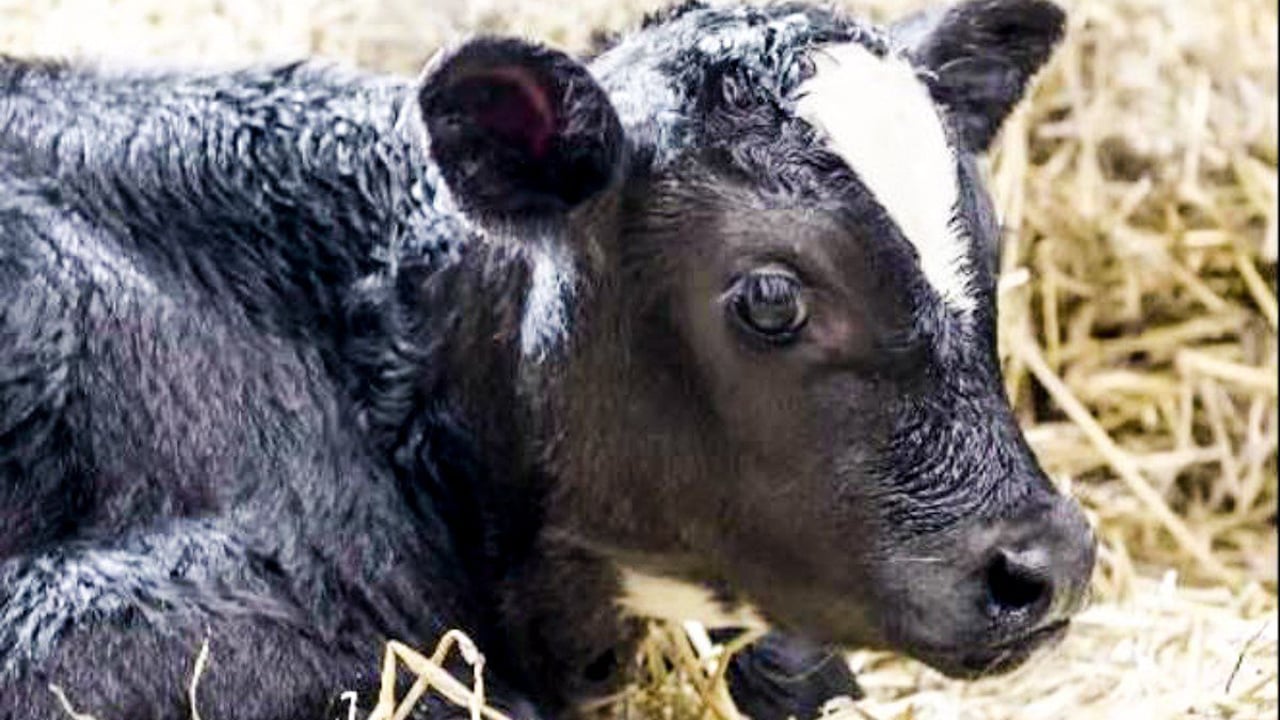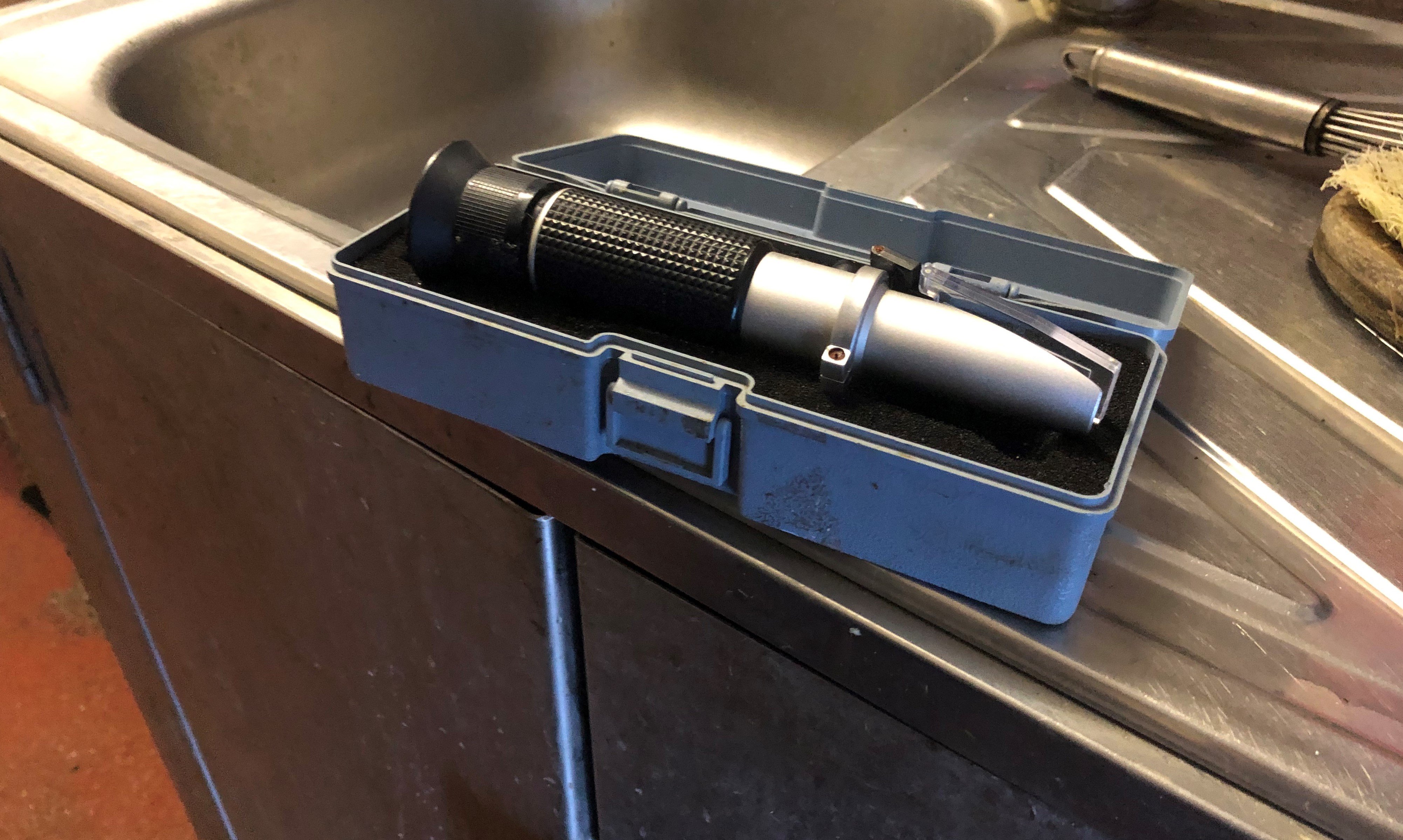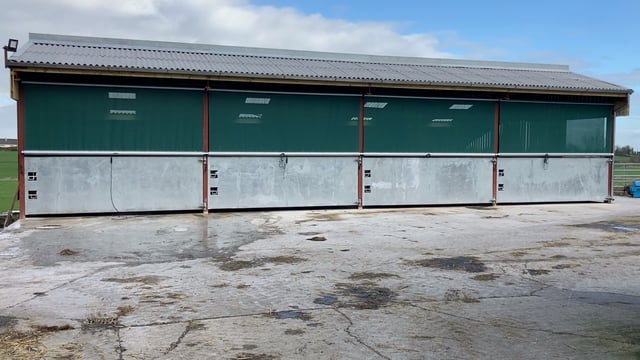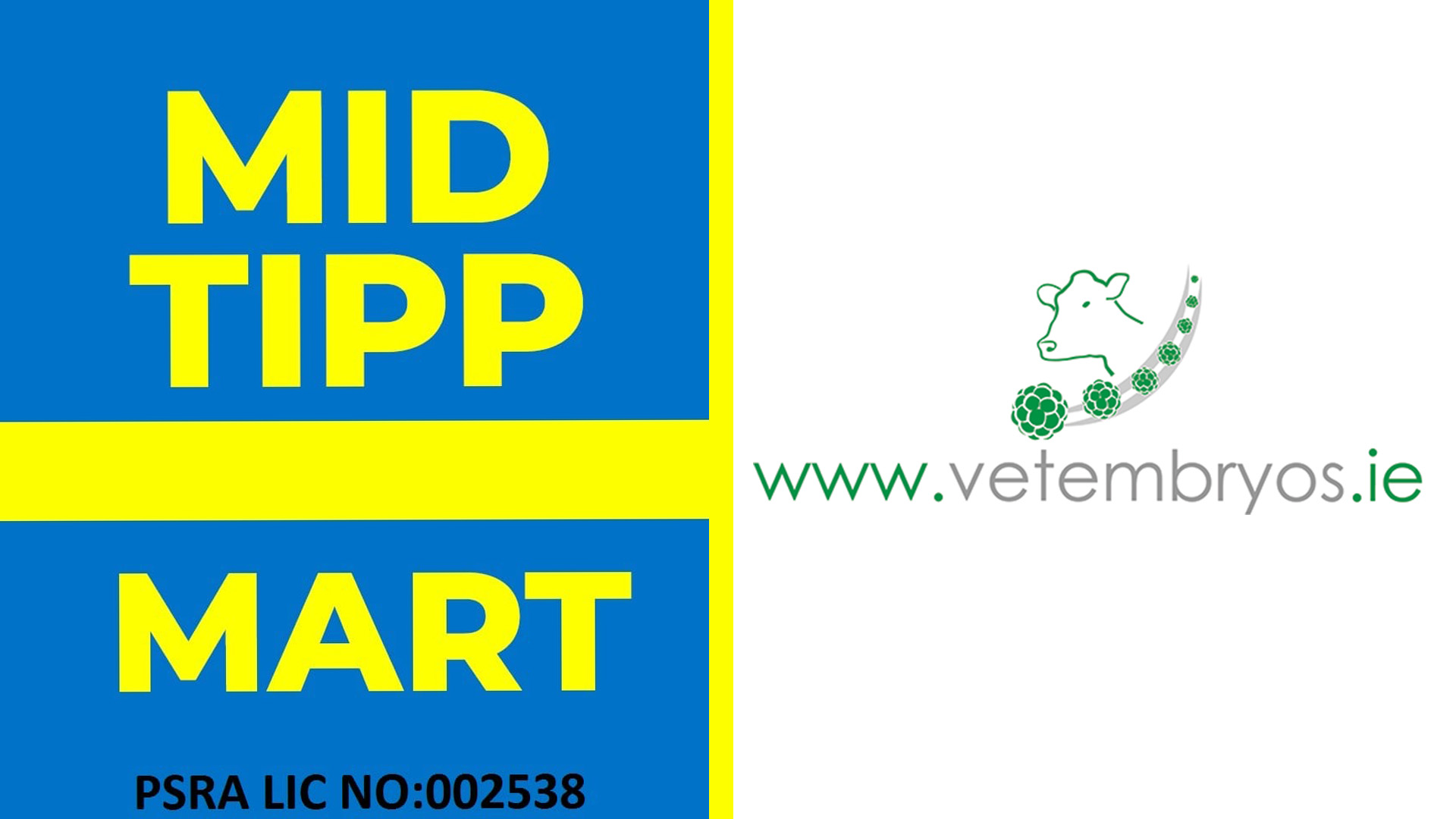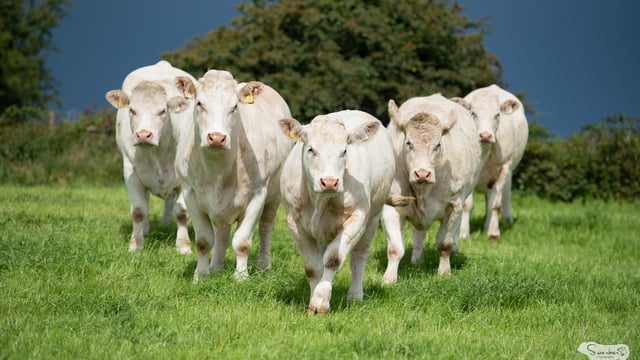Testing colostrum quality on farms this spring
The feeding of high-quality colostrum is important in order to give calves the best start in life and to ensure that they receive adequate maternal antibodies.
The quality of colostrum can differ greatly from cow to cow, so testing each cow's colostrum is advised to ensure that it is of adequate quality to be fed to calves.
A brix refractometer is the best way to test colostrum on your farm. It will determine if the colostrum is good enough to be used or stored, or if it should be dumped.
Colostrum over 22% should be fed to calves as this means the colostrum contains 50 mg/ml of immunoglobulins.
It is important that the brix refractometer is used correctly to ensure accurate results are achieved.
You should first ensure that the brix refractometer has been calibrated before each use, then follow the steps below:
If a lot of your cows are showing to have poor-quality colostrum, you can feed them some soya to help improve it.
You can feed cows soya at a rate of 200-300g/head/day without it having an affect on calf size.
The feeding of soya up to two weeks prior to calving can help give cows that extra boost to produce high-quality colostrum.
Although it won't solve issues with cows that have already calved, it will help to improve the colostrum of your later calving cows.

